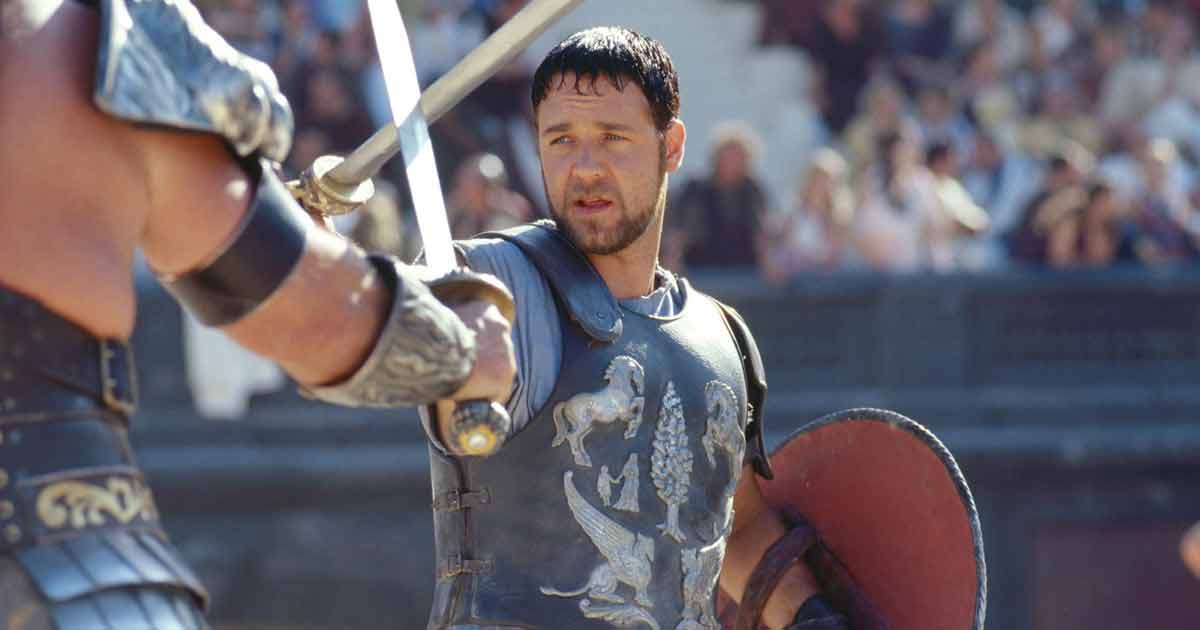
With Ridley Scott’s Gladiator II continuing to draw big numbers at the box office, conversations about the potential for a third installment are taking off, with the prolific filmmaker already calling in its favor. The sequel to the Academy Award-winning Gladiator saw Scott return to the helm, continuing a story loosely inspired by historical events. Adding Paul Mescal, Pedro Pascal, and Denzel Washington to the beloved franchise, the big-budget tentpole’s ability to blend melodrama with history has been a significant draw for audiences worldwide.
While Gladiator features characters based on historical Roman citizens like Joaquin Phoenix’s Emperor Commodus and Connie Nielsen’s Lucilla, the story nevertheless took creative liberties, notably with Russell Crowe’s Maximus. This character replaced Narcissus, a real-life wrestler who assassinated Emperor Commodus. Despite these alterations, the film’s narrative entertained audiences’ imaginations with its larger-than-life portrayal of ancient Rome, leaving them wanting more. Interestingly, one of Hollywood’s earlier forays into the Roman Empire tackled the exact historical figures with greater fidelity.
Released in 1964, The Fall of the Roman Empire explored the decline of Commodus’ and Lucilla’s father, Emperor Marcus Aurelius’ reign and the power struggles that followed. Directed by Anthony Mann, the epic war drama starred Alec Guinness as Marcus Aurelius, Sophia Loren as Lucilla, and Christopher Plummer as Commodus. Its plot focused on the emperor’s philosophical ideals, opposition to Commodus’ rise, and the eventual collapse of the Roman political order. Though it lacked the gladiatorial battles of The Martian filmmaker’s two entries, Mann’s iteration showcased the politics, battles, and foreign diplomacy in a broader light. At the same time, the interpersonal relationships between its characters added extra intrigue to its central plot.
Despite its grandeur and ambition, The Fall of the Roman Empire received mixed reviews at the time and underperformed commercially. However, it has since garnered appreciation for its detailed set design. Much like Hans Zimmer’s work on the 2000 epic, Dimitri Tiomkin’s score also received a nod at the Academy Awards. Fuelled by the popularity and buzz of The Fall of the Roman Empire, the New Hollywood era witnessed the onset of epic movies in Hollywood, with classics like Cleopatra, The Ten Commandments, and Stanley Kubrick’s Spartacus bringing the genre to the mainstream.
Scott, who has seemingly returned to his Gladiator and Kingdom of Heaven days of helming large-scale cinema — as evident by his latest work on Napoleon, The Last Duel, and Gladiator II — remains one of Hollywood’s most prolific filmmakers. Having recently celebrated his 87th birthday, the filmmakers of Alien and Blade Runner have packed their production schedules with upcoming projects like The Dog Stars and a Bee Gees biopic. While the progression of a third Gladiator film is expected to undergo at a slower pace for the time being, fans eager to explore a different cinematic take on Rome can revisit The Fall of the Roman Empire and other Hollywood classics set in the era.
For more such stories, check out Hollywood News.
Follow Us: Facebook | Instagram | Twitter | Youtube | Google News



 Follow Us
Follow Us











